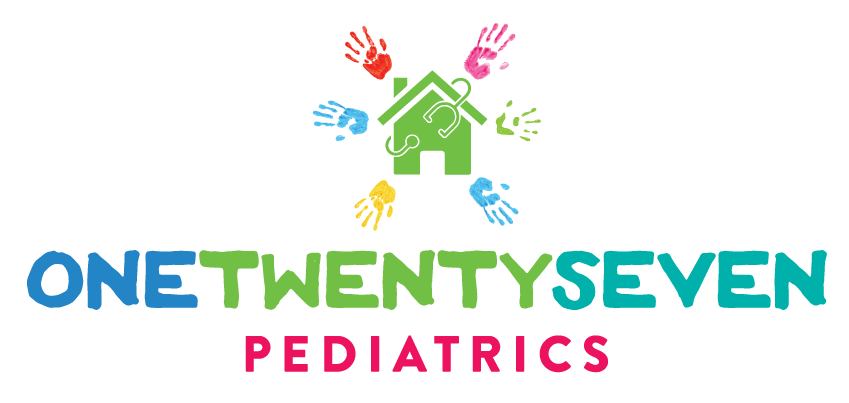Breastfeeding is a unique journey for every mother and baby, filled with serene moments and, occasionally, some tough challenges. One common hurdle that many new mothers face is fussiness at the breast.
This behavior can be puzzling and sometimes stressful, but understanding the root causes can help you navigate this tough time more smoothly. Let’s explore three primary reasons why babies might be fussy during breastfeeding: undersupply, oversupply, and a fast let-down.
Reason 1: Undersupply of Breast Milk
One of the primary concerns that can lead to fussiness at the breast is an undersupply of milk.
The early days of breastfeeding are essential for establishing milk supply, but sometimes, nature takes a bit longer to kick into full gear. For most women, the transition to Stage II lactogenesis or onset of copious milk production – often referred to as the “milk coming in” – occurs between days 3-5 postpartum.
If you find your breasts feeling less full than expected or your baby is showing signs of fussiness during these initial days, it could simply be a delay in your milk supply ramping up.
Your baby also may not be transferring milk well. You might have an abundant supply of milk, but your baby isn’t able to transfer it well from the breast. We see this for a number of reasons – perhaps the baby was premature or maybe they simply aren’t strong enough to transfer enough milk to keep them full.
You also may just have a low milk supply so your baby might be eating at the breast but not getting enough; this could make them fussy.
Signs of Undersupply
Recognizing the signs of an undersupply of breast milk is important for effectively addressing breastfeeding challenges.
- Baby seems unsatisfied after feeding
- Insufficient weight gain
- Fewer wet diapers than expected
Patience is key, as is frequent nursing to stimulate production. However, if concerns about undersupply persist, consulting with a lactation expert can provide helpful strategies to boost your milk supply.

Reason 2: Oversupply of Breast Milk
An oversupply of breast milk, while seemingly less concerning than an undersupply, can present its own set of challenges during breastfeeding. Typically, a healthy milk supply aligns closely with the baby’s demand; however, when a mother produces significantly more milk than her baby requires – more than 32 ounces within a 24-hour period – this may indicate oversupply of breast milk.
Signs of Oversupply
While having an abundant milk supply might seem like a blessing, it can sometimes lead to challenges in effectively transferring milk to your baby, especially if they struggle to keep up with the flow.
By two weeks, your milk should be mature; and by one month, your baby typically needs about 24-30 oz. of breastmilk per day. Producing significantly more than this can indicate an oversupply.
Signs that you might have an oversupply include:
For baby:
- Green, frothy stools
- Frequent pooping
- Diaper rash due to irritation
For mom:
- Pumping frequently to relieve discomfort from engorgement
- Clogged ducts

Reason 3: Fast Let-Down
A fast or overactive let-down can catch both you and your baby off-guard. This usually happens just after beginning to nurse, leading to your baby pulling back, fussing, or even coughing and choking on breastmilk. While this can occur with any milk supply level, it’s often associated with oversupply.
Solutions for Fast Let-Down
- Laid-Back or Side-Lying Breastfeeding Positions: These positions can help manage the flow of milk, making it easier for your baby to feed.
- Express Before: Expressing a little milk before feeding can help ease the initial flow.
- Patience and Time: Sometimes, simply being patient and allowing time for your body to adjust its milk production can resolve oversupply issues. Babies often grow to handle the let-down better with time.
Fussiness at the breast can be a signal from your baby that something needs to be adjusted, whether it’s the milk supply, feeding position, or perhaps something else entirely. By understanding and addressing these concerns, breastfeeding can become a more enjoyable and fulfilling experience for both you and your baby.
As a dedicated breastfeeding medicine expert and a mom who’s walked the same path, I’ve crafted something just for you – a free guide designed to demystify the numbers that often seem so daunting. “Crack the Secret Code of Breastfeeding Math” is more than just a guide; it’s a beacon of confidence on your breastfeeding journey.
This invaluable tool is here to reassure you that you’re not just on the right path, but thriving on it. Whether it’s understanding your baby’s weight gain, managing your pumping schedule, or ensuring you’re meeting those all-important breastfeeding milestones, this guide has got you covered.
Confident breastfeeding starts here. Download the free guide now!
© 127 Pediatrics, April 2024
This article is for information purposes only. Please consult your personal physician for medical advice.

Dr. Andrea Wadley is a pediatrician and board certified breastfeeding medicine expert. She opened 127 Pediatrics in July 2018 as a way to provide a different option for families in the DFW area. In addition to pediatric care, she provides breastfeeding medicine consults both in person and online.


